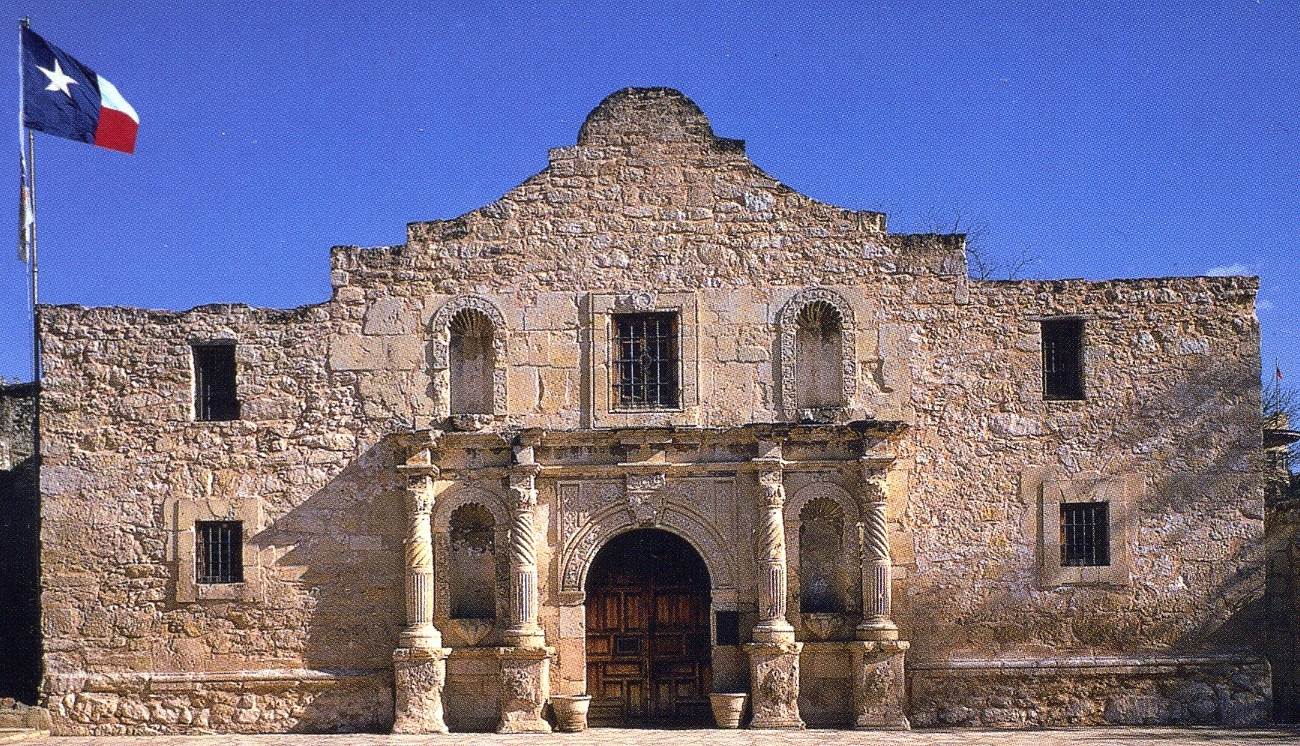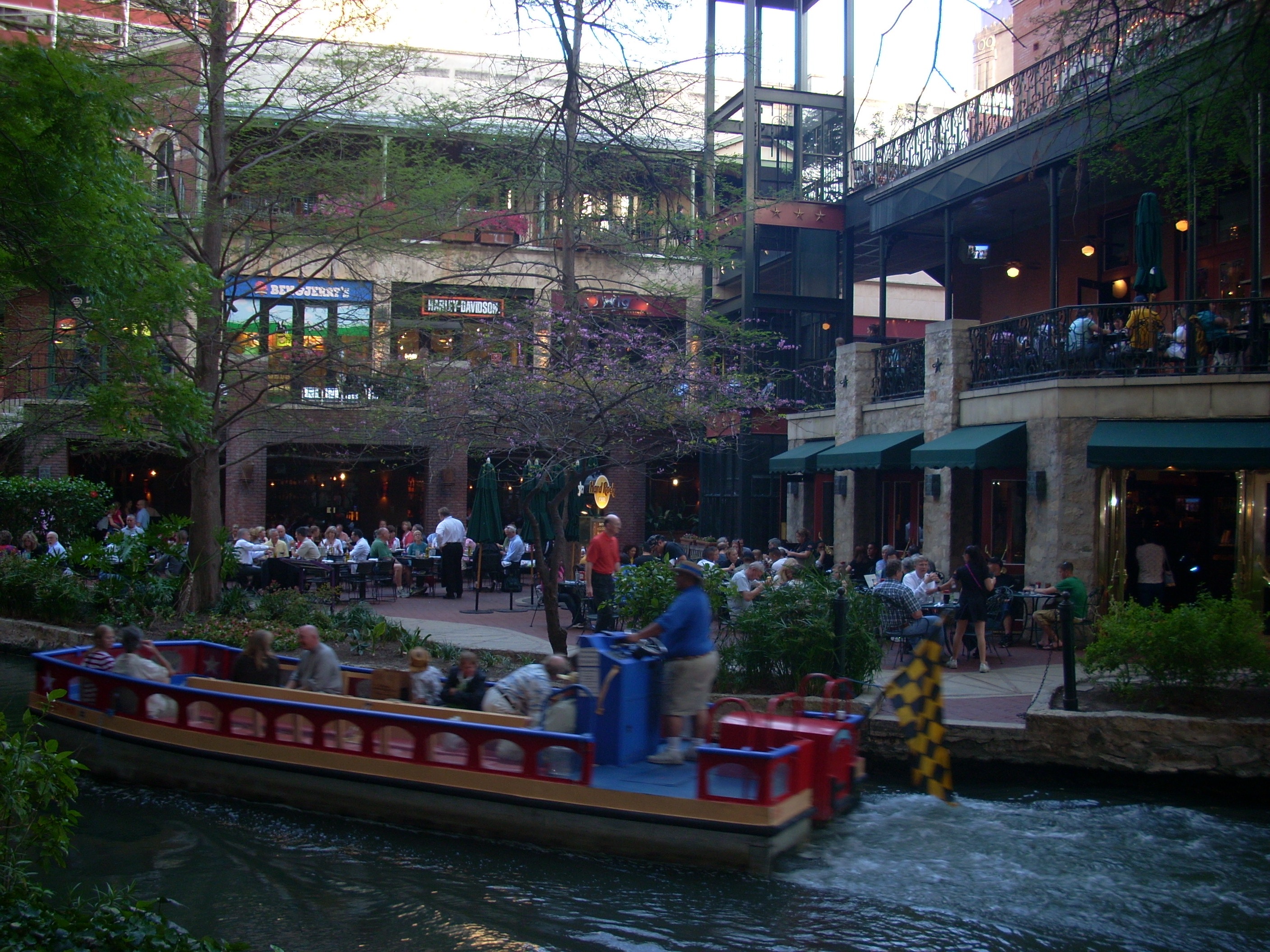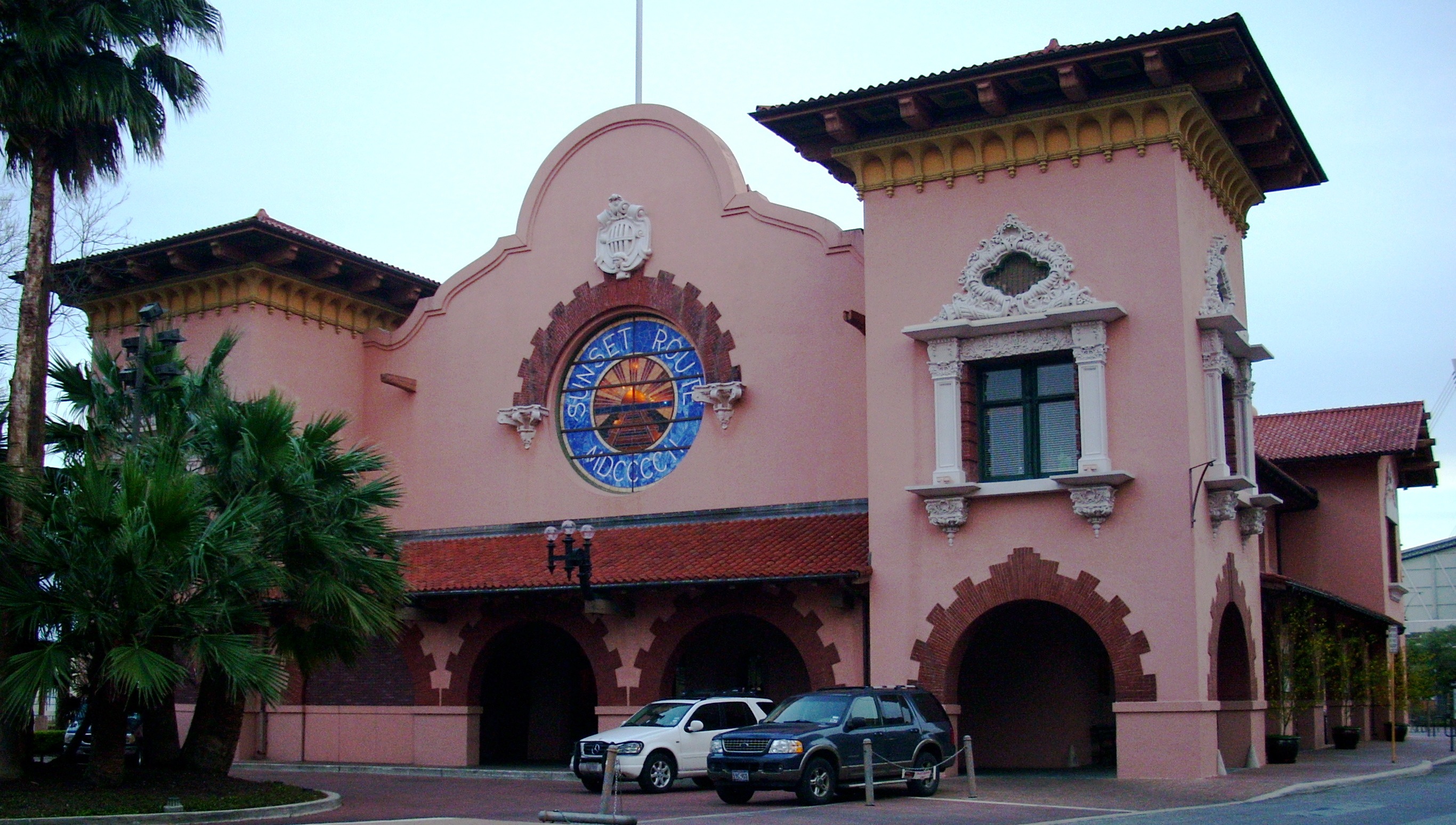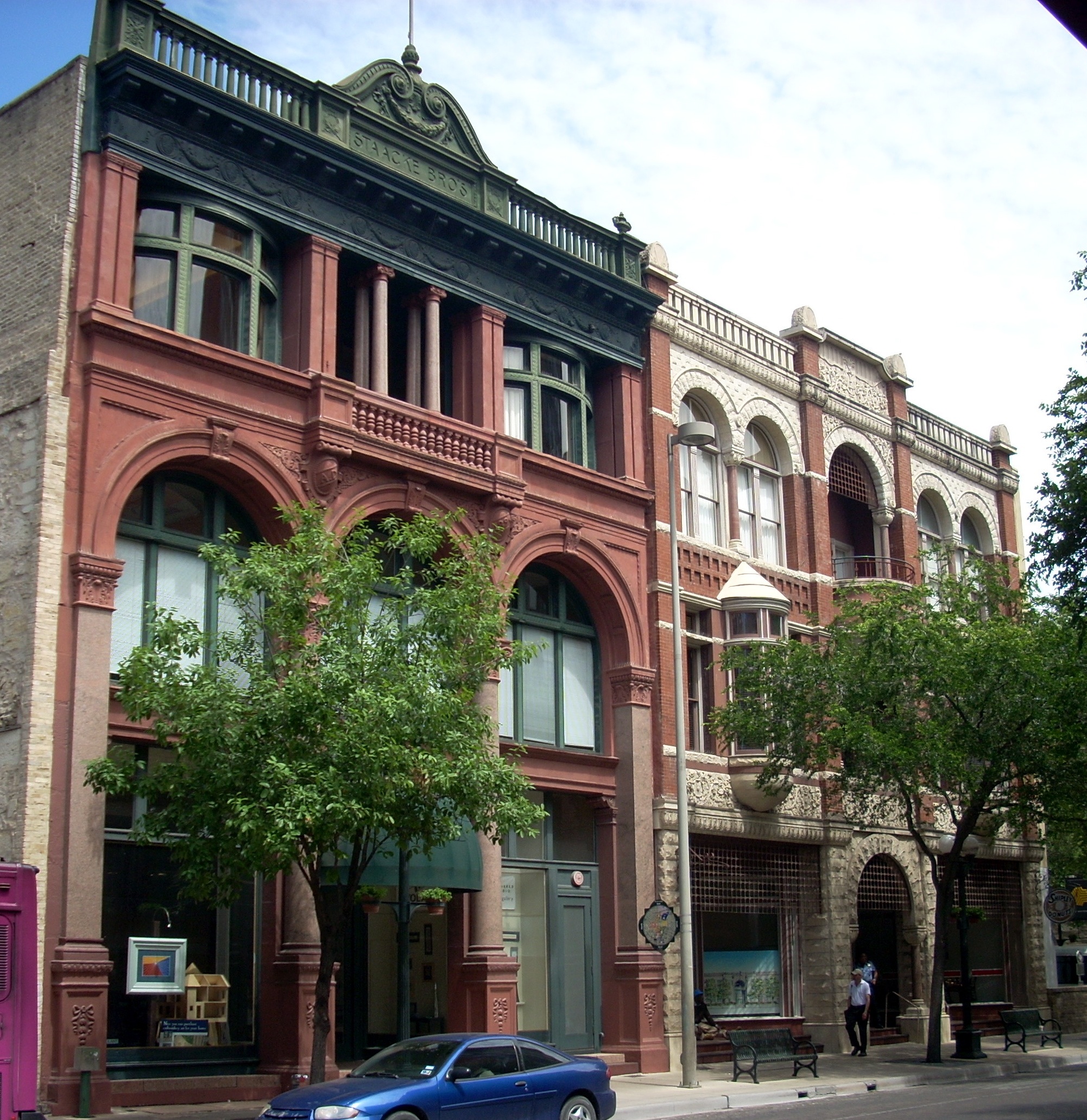

| Route 66 | Cities | Beaches |
 |
 |
Sea World |
| San Antonio is a city every American must visit, preferably often. It is the most visitor friendly downtown in the nation. Only Boston and Washington can match its history, and as a matter of fact San Antonio predates them. You can choose from two wonderful historic hotels dating back to the 1800s and a dozen modern luxury brand names lining the Riverwalk. It is a restaurant lover's dream, with the nation's best Mexican, Steak and Classic outlets. Photographers can wander around for a week snapping post card quality shots. It is a walker's downtown; you can park your vehicle upon arrival, never return to it for a week, and see everything. Everywhere you go you hear guitar music in the background. San Antonio would be a great field trip for high school or college classes in Architecture or Botany; everywhere you go you are confronted with spectacular plants and magnificently preserved buildings. It's America's most colorful and festive downtown, always feeling like a gigantic block party. From October to June, you can spend an evening at a Spurs game, where you'll find the most enthusiastic crowds in the NBA, more like a college game than the pros. |  |
 |
Since San Antonio was part of Spain and then Mexico before becoming its own nation, and eventually joining the U.S., it has retained much of the culture of those countries, and is as close as you can come to visiting a foreign nation while still in U.S. territory. Even the climate lures you to San Antonio. When it's cold and grey in the northern states, San Antonio offers shirt sleeve or at most sweater weather. The Riverwalk and Alamo complex, in addition to their history and cultural and commercial importance, are home to an astonishing display of tropical, subtropical and desert plants that seem exotic to most Americans. Downtown San Antonio still has brick streets, historic bridges, and 1700s era missions. Spanish style plazas with horsedrawn carriages clippetyclopping past, Texas Rangers standing sentinel duty, and steel guitars playing in the background are as close as you can come to actually experiencing the 1800s. We urge you not to try a quick one day visit to San Antonio. There is too much to see here. You need at least three nights and two days just for the downtown, and ideally five nights and four days for the most important sites in the rest of the city. The only way you should limit your stay to two days is if you plan to return every year for, say, Spring Break, or en route to somewhere else, maybe Big Bend National Park on an annual school trip or family vacation. Over a couple of years you could get around to everything. But if this is a one time visit, you must allow time to see everything. |
| Surely this has to be one of the most unique passenger stations in the country. Railroad terminals in New York City, Philadelphia, Pittsburgh and Cincinnati are bigger, but this is an architectural masterpiece, part of the Sunset Station complex. Behind this is a long baggage building and a separate freight station. We are standing on Commerce Street taking this photo, three blocks from The Alamo and the Crockett Hotel. Barely visible along the lower right edge of the picture is a corner of the Alamodome, home to the San Antonio Spurs for a decade and now home to high school football championships, the Alamo Bowl between representatives of the Big Ten and Big 12 Conferences, NCAA Final Fours, and other sporting events. The tracks come in from the opposite site of the station. Trains arrive and depart daily en route to and from Chicago, Los Angeles, New Orleans, Memphis, St. Louis and Phoenix. |  |
 |
San Antonio has done as fine a job of preserving its past as any place we've ever seen, including Williamsburg, Plymouth, Salem, Lexington and Concord. There have been several epic battles. where history buffs, usually women, have barricaded themselves in buildings or chained themselves to bulldozers or wrecking balls until the public rallied to their support. But their desperate efforts have left us with magnificent blocks of buildings like these along Commerce Street between the Riverwalk and Mexican Marketplace. Many centuries old structures are now being used in different ways, such as restaurants, offices, retail ourlets or even apartments. But they're still standing, with their exteriors meticulously preserved. One example of how extreme San Antonio's devotion to its past is can be seen along the Riverwalk, where a deteriorating building was being restored and an exterior wall totally collapsed. They rebuilt it, brick by brick, to match photographs and architectural blueprints of the original. Today, the building houses architectural offices. We've been in San Antonio on several occasions when classes of architectural students from universities across the nation have come wandering down the sidewalk, taking photographs and listening to their instructors pointing out various features of the buildings. The climate has helped, of course. San Antonio does not have bitter winters, and there are no heavily polluting factories to the West for a thousand miles, so the delicate exterior features are not being eroded by exposure to the air. |
|
|||
|